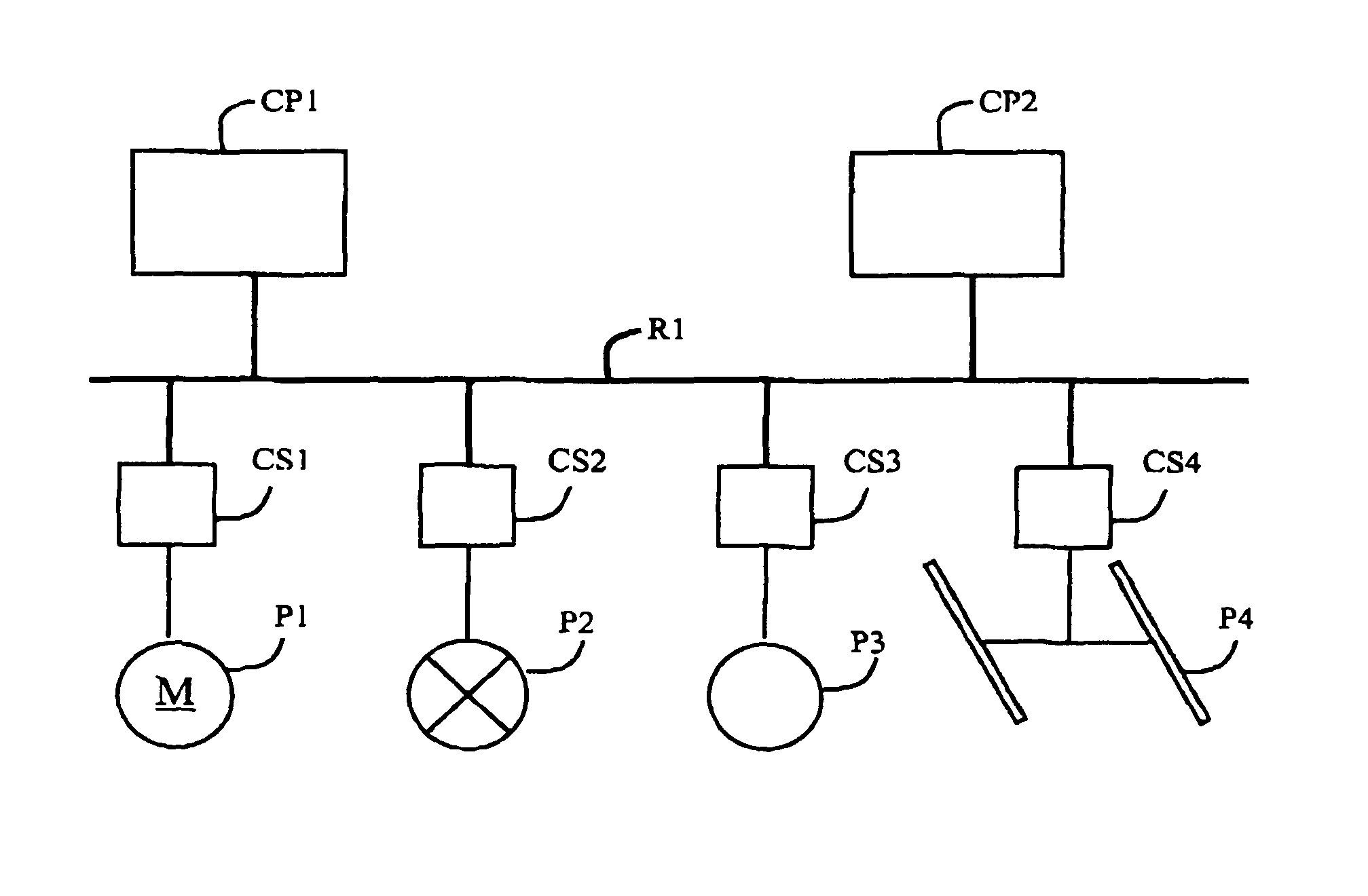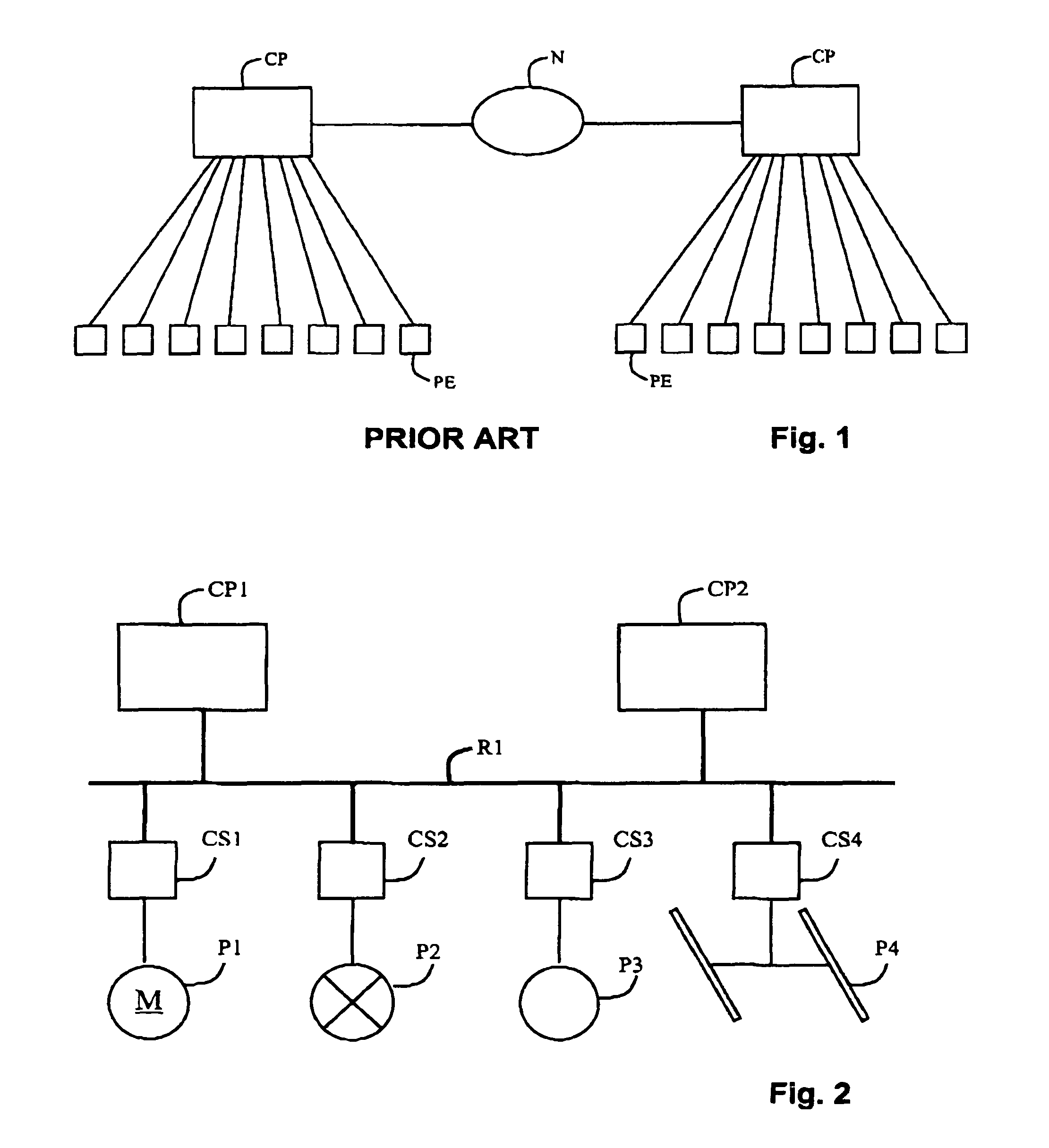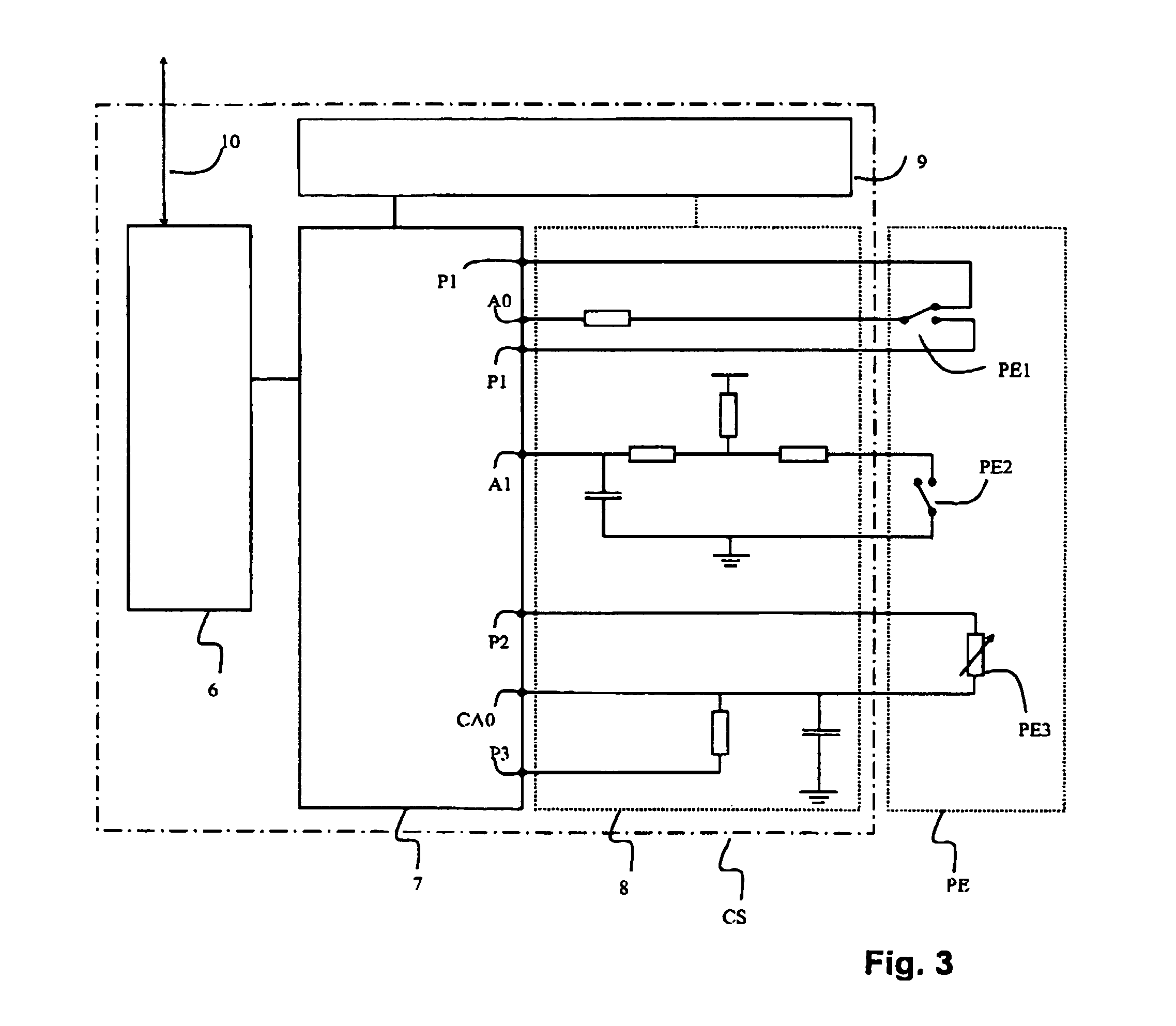Information exchange system
a technology of information exchange and information exchange, applied in the field of information exchange system, can solve the problems of not providing sufficient flexibility to handle all the different types of information, lack of standardization from one computer to another in processing information, and inability to adapt to all architectures, so as to achieve easy separability, save development and production costs, and reduce the bulk of the system.
- Summary
- Abstract
- Description
- Claims
- Application Information
AI Technical Summary
Benefits of technology
Problems solved by technology
Method used
Image
Examples
Embodiment Construction
[0043]Further scope of applicability of the present invention will become apparent from the detailed description given hereinafter. However, it should be understood that the detailed description and specific examples, while indicating preferred embodiments of the invention, are given by way of illustration only, since various changes and modifications within the spirit and scope of the invention will become apparent to those skilled in the art from this detailed description.
[0044]FIG. 2 is a schematic diagram of an information exchange system according to the invention. Such a system comprises at least one system computer CP1, CP2, and one or more peripheral devices for each system computer. These peripheral devices are either sensors sending information to the system computers, or actuators awaiting information and / or control commands from the system computers. They are, for example, a motor P1, a tap P2, a valve P3, a gauging probe P4 or a flowmeter.
[0045]The system according to t...
PUM
 Login to View More
Login to View More Abstract
Description
Claims
Application Information
 Login to View More
Login to View More - R&D
- Intellectual Property
- Life Sciences
- Materials
- Tech Scout
- Unparalleled Data Quality
- Higher Quality Content
- 60% Fewer Hallucinations
Browse by: Latest US Patents, China's latest patents, Technical Efficacy Thesaurus, Application Domain, Technology Topic, Popular Technical Reports.
© 2025 PatSnap. All rights reserved.Legal|Privacy policy|Modern Slavery Act Transparency Statement|Sitemap|About US| Contact US: help@patsnap.com



